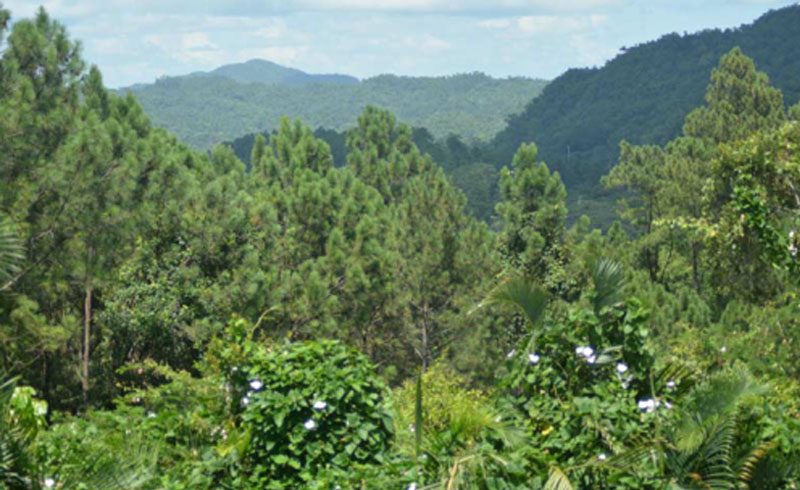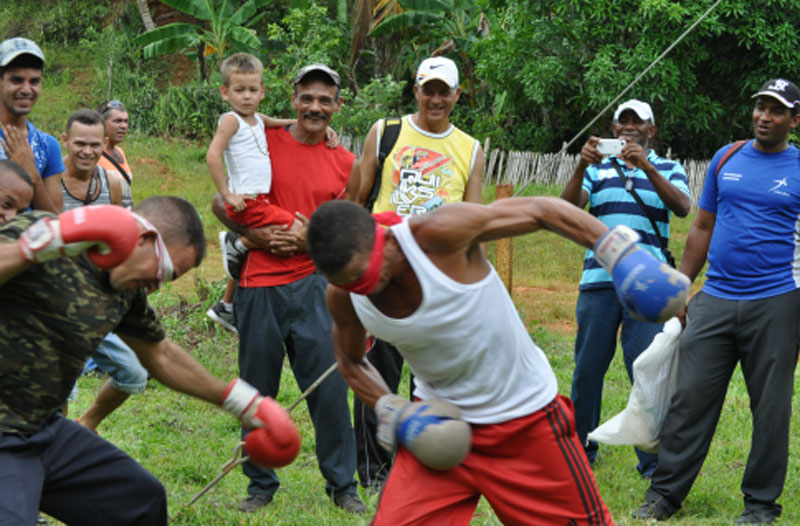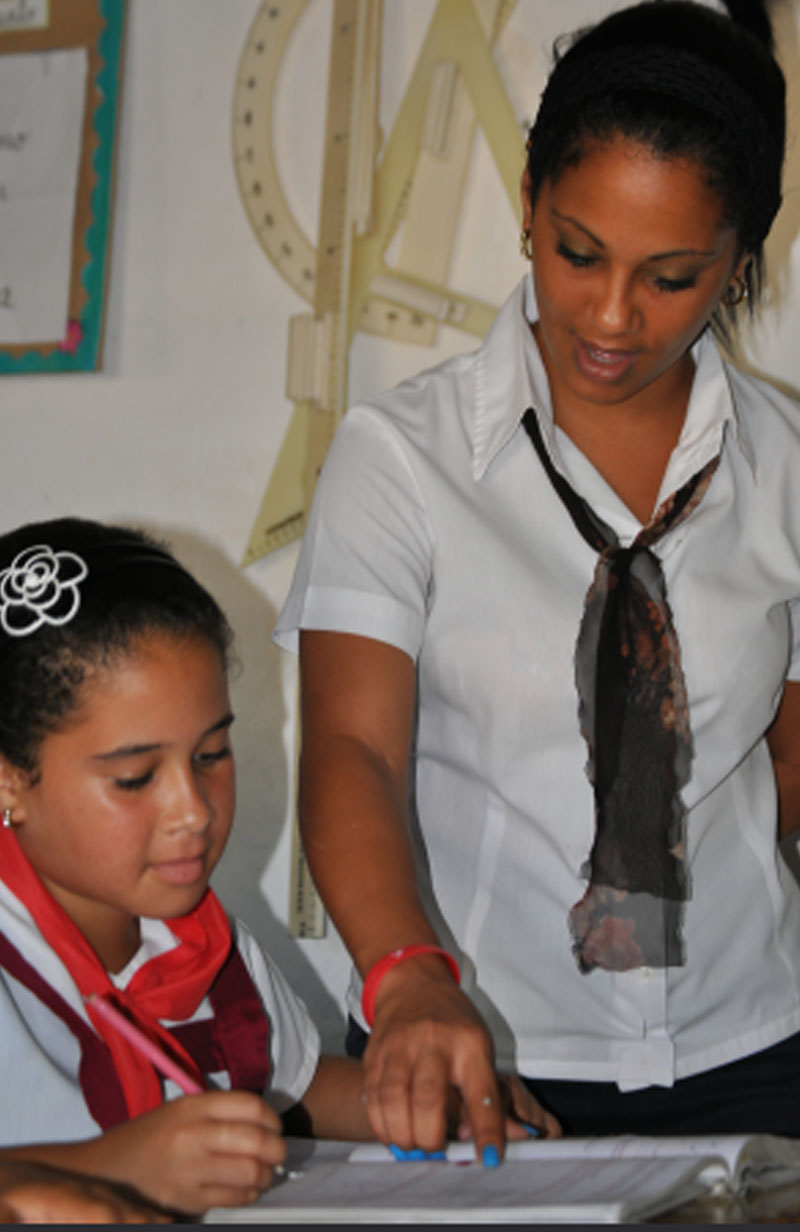Turquino Plan: history and traditions
- Written by Redacción ¡ahora!
- Published in Holguin
- Hits: 1464

On June 2, 1987, the Comprehensive Program for Mountainous Regions, known as Plan Turquino, was launched as one of the initiatives of the Cuban Revolution for the economic and social development of the mountainous regions, as well as to reinforce the defense of the country and contribute to the conservation of the environment.
Before the triumph of the Revolution, those who inhabited mountainous areas of Cuba lived in conditions of almost absolute isolation and precariousness. For this purpose, efforts began to be systematized to advance the economic, political and environmental development of these territories.
The Turquino Plan integrates 11 provinces, 54 municipalities, more than 300 Popular Councils, and covers a land area of 22,877 square kilometers. Approximately 12 percent of the Cuban population resides in the mountains, and the forest index of the areas included in the Plan is 51.1 percent, so the sustainable development of the mountains is key to improve the conditions of life of its inhabitants.

Agricultural and forestry activities are carried out in these territories, with the participation of the Central State Administration, which have a prioritized system for its development.
For the coffee program, ecological pulpers have been installed, because one of the main problems of the mountain was the high level of contamination, as a result of the use of traditional pulpers, which used a lot of water, and the residuals were dumped into rivers and streams.
In the area, 99.6% of homes have been favored by the National Electric System, generators or photovoltaic cells, with an incipient development of mini-hydroelectric plants.
In order to improve access to communications, new telephone services were provided, cellular coverage improved and Wi-Fi hotspots added.

In the social area, more than a hundred schools have been reopened, and all the clinics, polyclinics and hospitals in the mountainous region remain active.
The Revolution not only focused its efforts on the economic development of the Plan Turquino areas, it also promoted culture, sports and recreation, and also preserved traditions.
These places are exceptional reserves of cultural traditions, such as those produced by the arrival in Cuba of the immigration of thousands of French and Franco-Haitian settlers with their African and Creole slaves at the beginning of the 19th century, during the Haitian Revolution.

These migrations brought new cultural manifestations, whose significance continues to this day.
The Ruins of the French Coffee Plantations, located in the hills of the Sierra Maestra to the east and west of Santiago de Cuba and the Guantánamo region, are an example of the historic, architectural and archeological value of this area covered by Plan Turquino and recognized by UNESCO.
Also conserved are the traditional Tumba Francesa (French Drum - dance, song and drumming style) de Santa Catalina de Rissi, in Guantánamo; that of Bejuco, in Sagua de Tánamo; and of La Caridad de Oriente, in Santiago de Cuba, some of the most important expressions of the cultural heritage of the island.
It is said that the word Turquino derives from the indigenous names “turey” and “quino.” The first refers to the sky, and the second, to an important or elevated person or thing. Plan Turquino is mountain and sky, a special project for sacred areas of the Cuban geography, history and culture.
